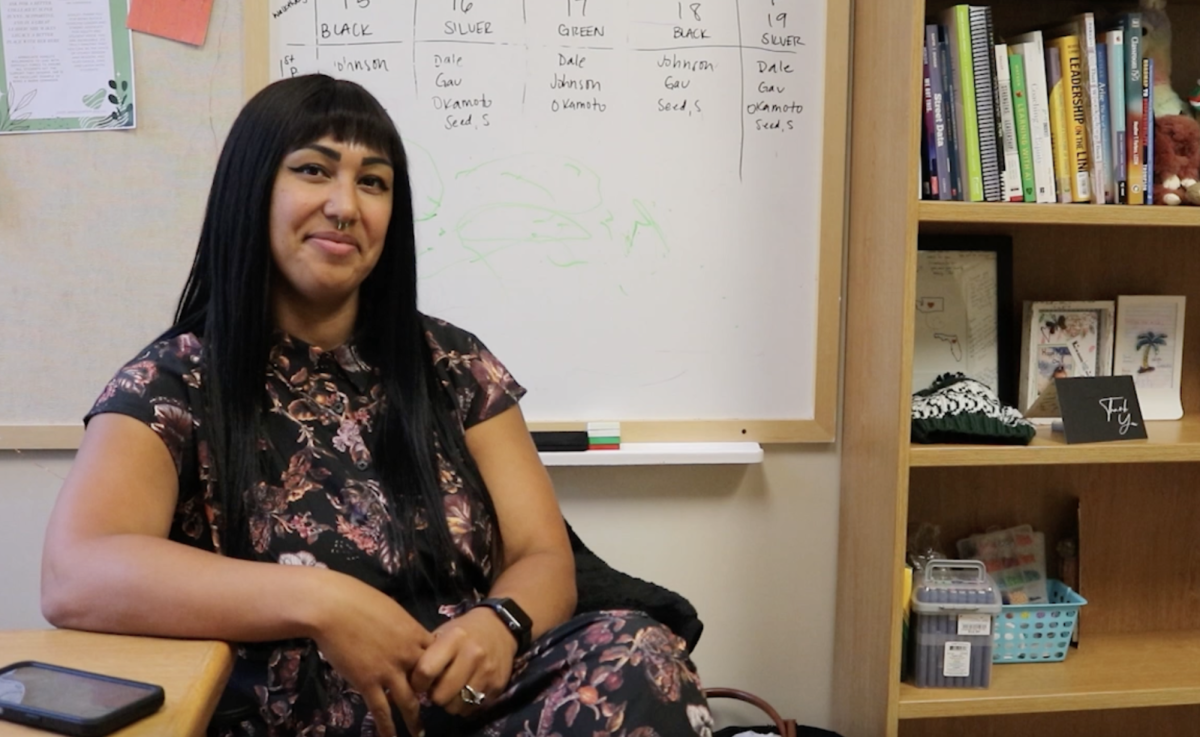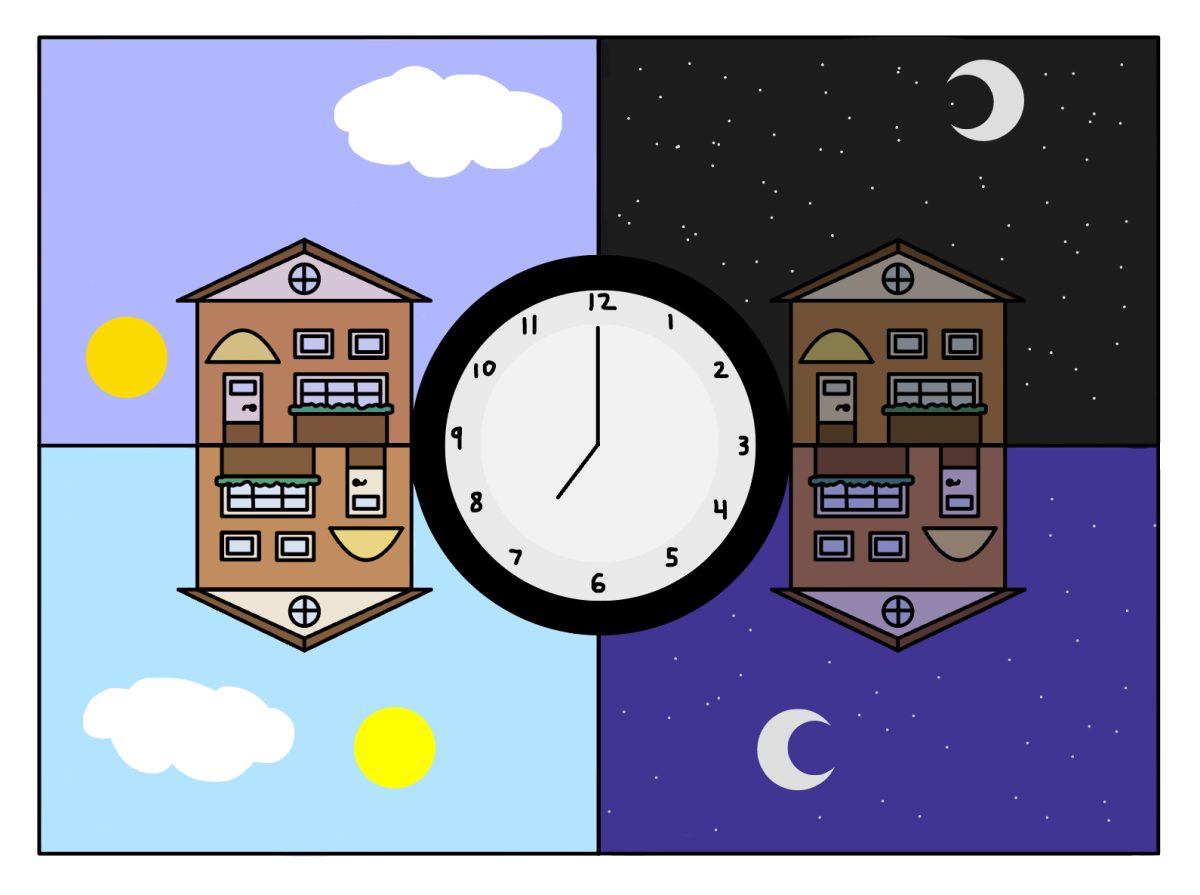On the morning of Sunday, Nov. 5, people across the world, myself included, woke up with a vague sense of confusion and annoyance. It was the same time I usually woke up, but the angle of the sun through my window felt odd and disorienting. After dragging myself out of bed and walking downstairs, I noticed something—my kitchen clock and my phone were displaying two different times. Wonderful, I thought. Daylight Savings is here.
Daylight Saving Time, the practice of moving clocks an hour forward in the spring and an hour backward in the fall to maximize summer daylight, was first introduced in Germany in 1916, and the US and many other European countries quickly followed suit. Many of these countries still practice Daylight Saving Time, including, with the exception of Hawai’i and Arizona, the United States.
It is a commonly held belief that Daylight Savings was created to benefit agriculture, giving farmers an extra hour of daylight in the summer to tend to their crops. This is a myth, and it turns out that those involved in farming actually fought back against the practice when it was put in place in 1918. The real reason for the creation of Daylight Saving Time was to conserve fuel and energy during wartime, and after World War II, the idea just stuck.
Nowadays, Daylight Saving Time serves no real use to our society, and the effects that it does have are negative. Numerous studies have shown that switching the clocks is damaging to the sleep and general health of teenagers, who already struggle to get enough rest. During the teenage years, the circadian rhythm experiences a shift, causing the body to stay up later and struggle to rise early in the morning. The pressure to get up early for school and other activities leads to chronic sleep deprivation, and Daylight Savings only worsen this phenomenon in the spring and summer.
“It is the position of the AASM that the United States should eliminate seasonal time changes in favor of permanent standard time, which aligns best with human circadian biology,” reads a 2023 statement from the American Academy of Sleep Medicine.
In addition to the negative impacts on sleep, it’s worth noting that Daylight Saving Time is just plain annoying.
“It’s only overcomplicating jobs and daily life,” said Koen Sharp, a Summit sophomore. Sharp insists that the US government should abolish Daylight Savings entirely and stay on Standard Time year-round, as it is better for teen sleep and development and makes the most sense overall.
Sharp isn’t the only Summit student who thinks Daylight Savings is a waste of time, senior Rory Lucey wholeheartedly agrees.
“Standard time is standard time, so it would make a lot more sense to have it stay at that standard,” said Lucey.
This raises the question—why is the United States still upholding a practice that only succeeds at further throwing off teen sleep habits and annoying the general population? Summit Psychology teacher Emily Tompkins hopes that legislation will change in order to match research on the damages of Daylight Saving Time.
“Teen sleep is so crucial to brain development, and if Daylight Savings Time is really causing a lag in sleep, even for a little bit, then why not get rid of it?” Tompkins said. Although this opinion is rising in prominence, changes are not being made fast enough. Our clocks are scheduled to “spring forward” again on Mar. 10, 2024. If the government doesn’t pick up the pace, feel free to join me in Arizona. Not only will you get a better night’s sleep, I hear it’s very nice that time of year.

































